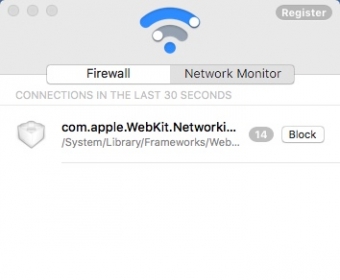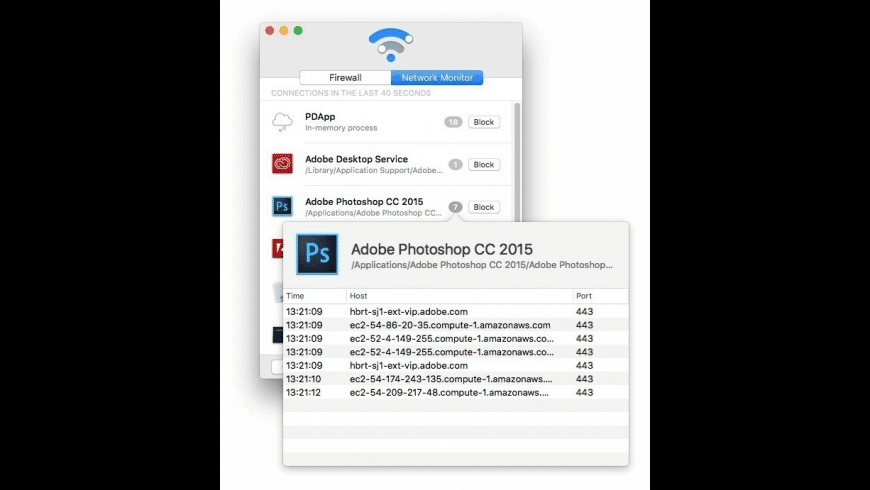
Licence free radio systems:
Licence free radio systemsCitizens band, CBPMR446FRS Family Radio ServiceHow to use a licence free radioHints & tips on buying licence free radio
A silent key is a deceased amateur radio operator; generally silent keys are identified with their call signs in front of their names. The “key” is a reference to the telegraph keys historically used to transmit information, and although the telegraph key is now largely obsolete, its status is so iconic that most people in the amateur radio. Radio silence can help you get your ex back. In the video above and in this post, I explain how to use Radio Silence to get your ex back after a breakup. What’s The Difference Between Radio Silence and The No Contact Rule? In the case of Radio Silence versus The No Contact Rule, there is a lot of similarity between the two.

Radio Silence 2.3 License Key
Often licences are required for transmitters to be operated. Broadcasters need licenses to broadcast both audio and television transmissions, private mobile radio PMR users need licences as do many other users. Even mobile phone operators require licences to use their portions of the radio spectrum. Radio amateurs or radio hams also need a licence.
In fact it is a normal requirement for those transmitting signals to have a licence.
There are a few instances where radio transmissions can be made without the need for licences. Users of the relatively small portions of unlicensed bands is one. These bands are occupied by a number of users including microwave ovens, Wi-Fi, Bluetooth and many other short distance radio links.
These are not the only unlicensed forms of communication that are authorised to use the radio spectrum. There are others: often these are called personal radio services.

Radio Silence License Key
Licence free radio communication systems
There are several forms of unlicensed two way communications systems or personal radio services that are available in different countries. These unlicensed communication systems take different forms and are available in different countries.
Radio Silence Licence Key
- Citizens’ Band, CB: Citizens’ Band, CB is strictly not an unlicensed system as licences are often required, but they are very easy to obtain, requiring very little administration. The frequencies used are around 27 MHz which can enable worldwide communication to be established and hence high levels of interference may be experienced. . . . . . Read more about Citizens Band, CB Radio.
- PMR 446: PMR446 (personal mobile radio, 446 MHz) uses a band in the UHF portion of the frequency spectrum. It is open to use without any form of licence for business and personal use and it is available in most countries of the European Union, and some beyond. . . . . . Read more about PMR446.
- FRS, Family Radio Service: The Family Radio Service (FRS) is a walkie-talkie based radio system authorized in the United States since 1996. It is available in the USA, Canada, Mexico and several South American countries. Using the UHF portion of the radio spectrum it avoids the high levels of interference and misuse seen on CB. . . . . . Read more about FRS, Family Radio Service.
- GMRS: The General Mobile Radio Service, GMRS, is a land-mobile FM UHF radio service designed for short-distance two-way communication. It requires a licence in United States but some GMRS compatible radios can be used licence-free in Canada.
Both PMR446 and FRS require that type approved radios are used. These are typically small handheld walkie talkies that have limited range. Also they must not use detachable antennas and this further limits their range over that which might be achievable when large antennas are used. However it means that interference is limited and enables the systems to operate with minimal interference and misuse.
Licence free radio applications

There are many ways in which the licence free radio systems / personal radio services can be used.
They are ideal for applications where a cheap no-frills system is required.
Some of the applications for which they may be used might include:
- Short range in building communications – especially if mobile phone reception is poor.
- Parking assistance or other communications for events.
- Car to car communications when travelling in convoy (Note: someone other than the driver must operate the radios.
- General short range communications.
- Communications for walkers, bicycle riders, runners etc
- Short range communications for use with running audio visual at plays, music events and other shows.
- . . . . . much more . . .
Wireless & Wired Connectivity Topics:
Mobile Communications basics2G GSM3G UMTS4G LTE5GWiFiIEEE 802.15.4DECT cordless phonesNFC- Near Field CommunicationNetworking fundamentalsWhat is the CloudEthernetSerial dataUSBSigFoxLoRaVoIPSDNNFVSD-WAN
Return to Wireless & Wired Connectivity